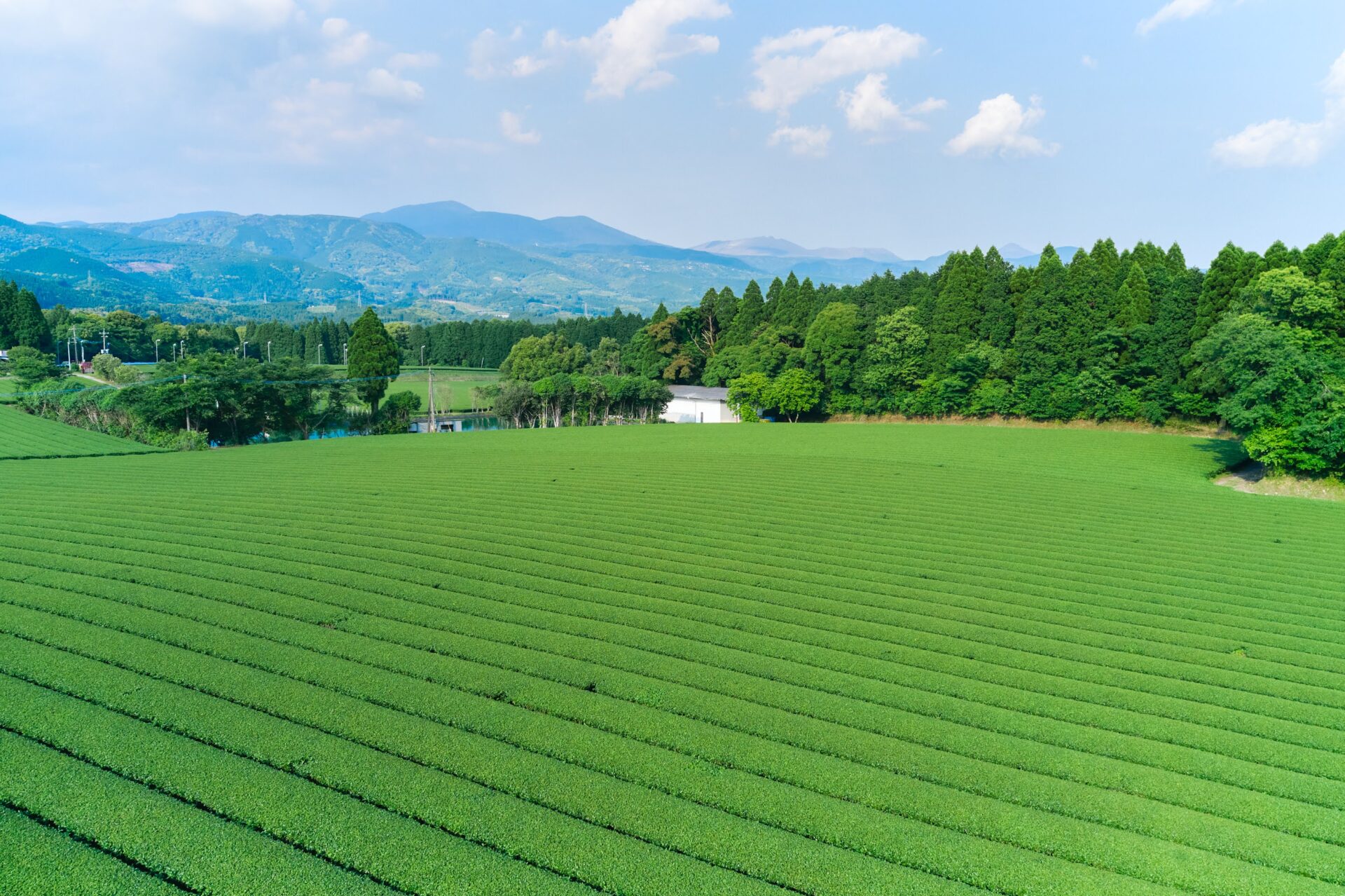The arrival of spring brings the start of the first harvest season for green tea leaves, called “shin-cha” or “new tea.” The fresh green aroma of shin-cha is a specialty that can only be enjoyed for a short time each year.
How is shin-cha grown and delivered to us for our enjoyment?
In 2022, the DIG THE TEA team will travel with Ryo Iwamoto, a tea ceremony master and CEO of Japanese tea startup “Tea Room,” to visit various tea plantations around Japan and discover the unique scenes of shin-cha production.
In mid-May, we traveled to the mountains of Kirishima in northern Kagoshima to visit tea farms that have been growing organic tea for a quarter of a century.
A unique tea bred by Kirishima’s dense fog and expansive nature
The arrival of spring brings the start of the first harvest season for green tea leaves, called “shin-cha” or “new tea.” The fresh green aroma of shin-cha is a specialty that can only be enjoyed for a short time each year.
How is shin-cha grown and delivered to us for our enjoyment?
In 2022, the DIG THE TEA team will travel with Ryo Iwamoto, a tea ceremony master and CEO of Japanese tea startup “Tea Room,” to visit various tea plantations around Japan and discover the unique scenes of shin-cha production.
In mid-May, we traveled to the mountains of Kirishima in northern Kagoshima to visit tea farms that have been growing organic tea for a quarter of a century.
A unique tea bred by Kirishima’s dense fog and expansive nature
Kirishima City in Kagoshima Prefecture was the first city in Japan to be designated as a national park. It is known for the magnificent natural beauty of the Kirishima mountain range and some of the most popular hot springs in Japan. It is also the production region of “Kirishima Tea,” a tea which has won the best production region award at the National Tea Fair for three consecutive years.
As the name “Kirishima,” or “fog island” implies, the region is prone to a thick fog that blocks out sunlight. This limits the production of catechins and results in a tea that is rich in theanine and other flavor components. There is a big difference in temperatures due to its high altitude, but the fog helps to protect the tea from frost, resulting in a delicious and fragrant tea.
Kirishima is located about 25 minutes by car from Kagoshima Airport.
We visited the Kirishima Daisaju Park, where there is a 140 year old tea tree that is cherished by the local tea farmers.

The sencha that is picked from the Daisaju tea tree is prized as “a tea of longevity.” Before World War II, the first harvest of tea was traditionally dedicated to Kirishima Shrine and Kagoshima Shrine.
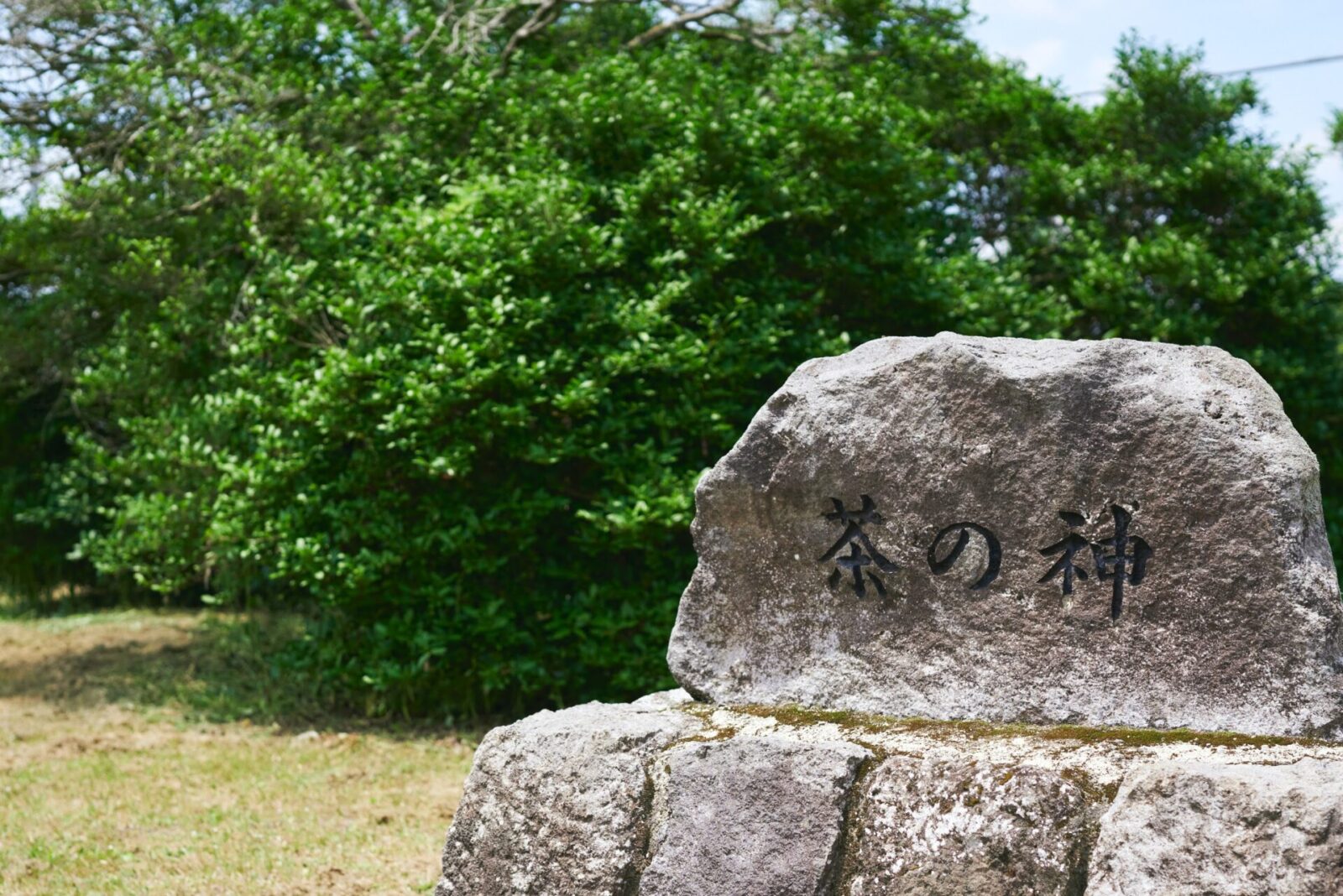
Every year in early April, a prayer festival is held by tea farmers and other locals to pray for the tea crop and for safety in their work just before the new tea harvest season begins.
At the park, we also get a feeling of exciting anticipation for where this today’s journey will take us.
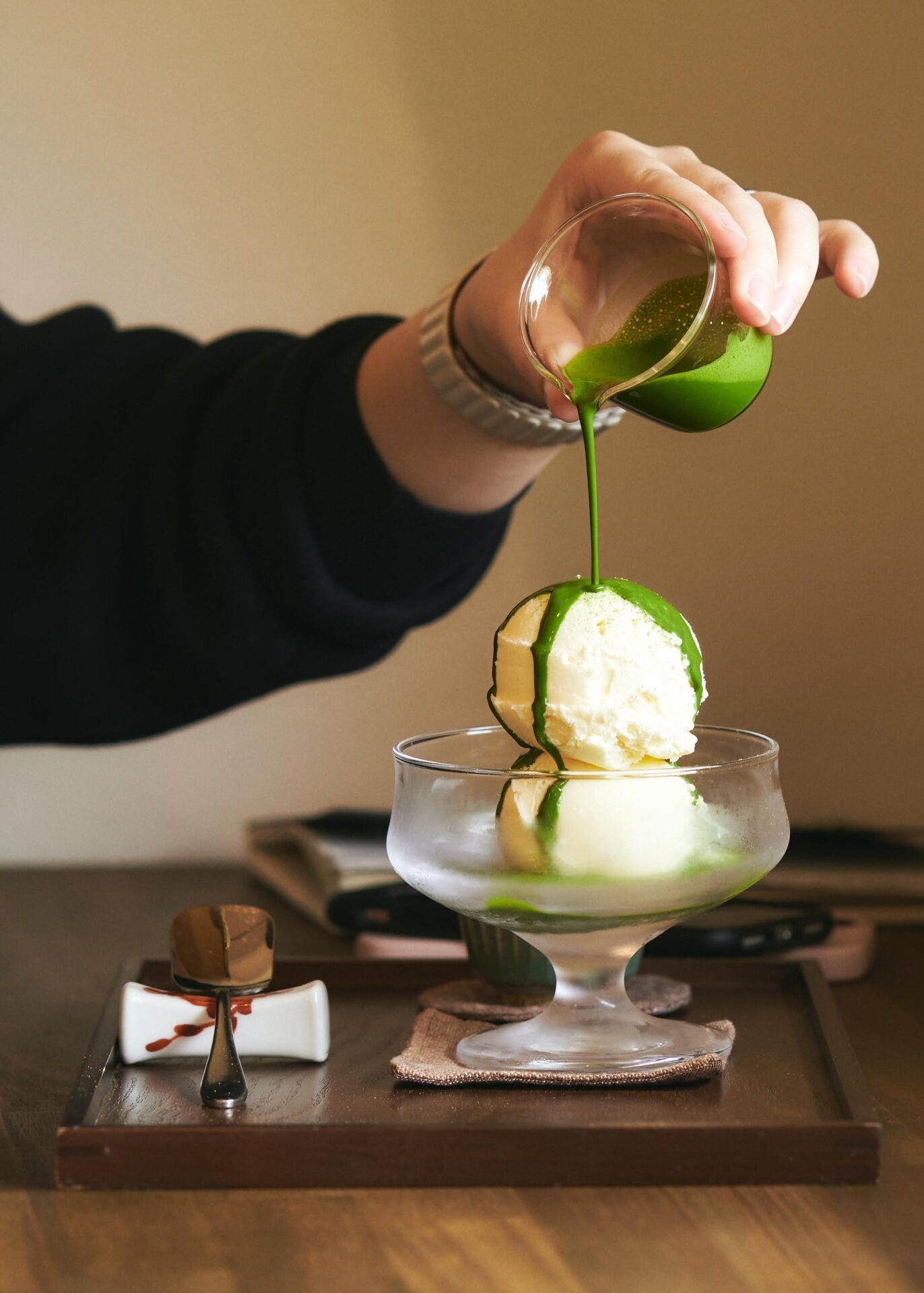
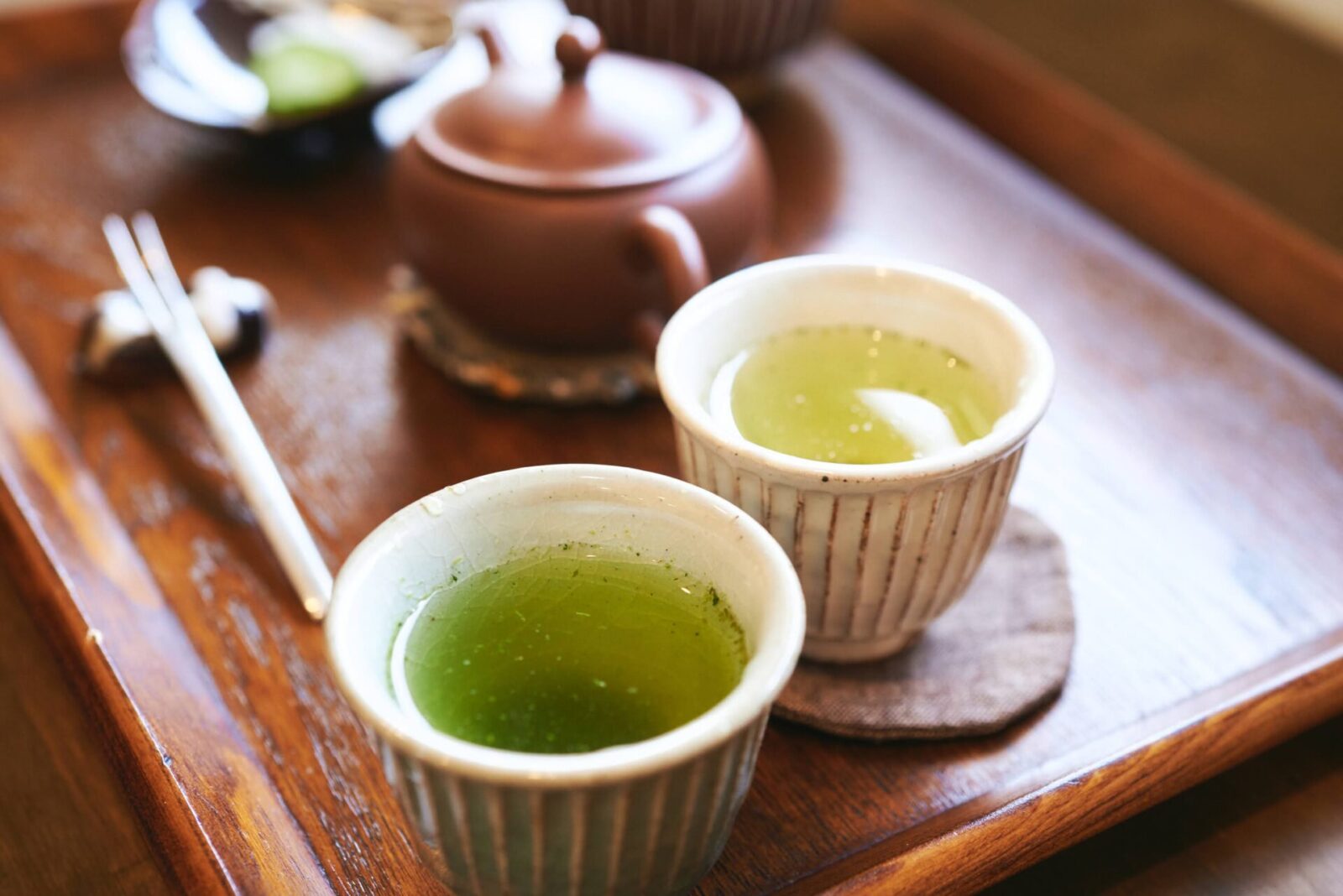
Every shin-cha tea leaves picked in a week
From Kirishima Daisaju Park, we continued on our journey and drove about 20 minutes south.
We arrived at our destination, the Nishi Tea Factory, which has been growing organic tea for a quarter of a century at the foot of the Kirishima mountains.
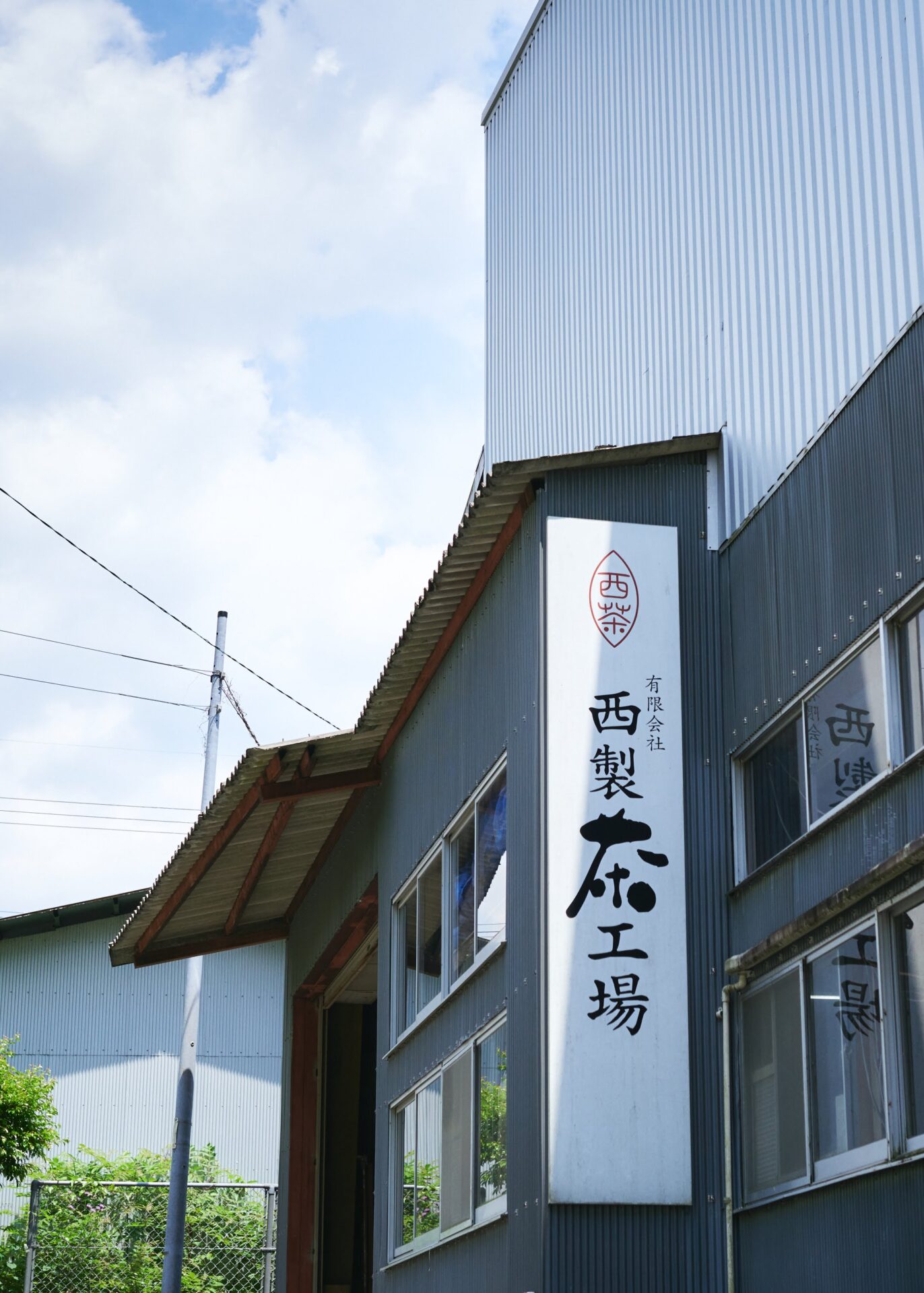
The Nishi Tea Factory has a history of nearly 70 years. They started off as a tea buyer, but after expanding and running their own tea plantations, they are now one of the biggest organic tea producers in Kagoshima.
Toshimi Nishi is the third generation owner of the Nishi Tea Factory. Ever since his grandfather founded the company, they have sold their teas directly to buyers throughout Japan, without going through the traditional tea markets. They have continued to expand their sales to all areas of Japan and even overseas, and have become one of the biggest tea producers in Kagoshima.

First we asked him how this year’s shin-cha harvest has turned out.
“This year was difficult because of the bad weather we experienced during the picking season, but I think the overall flavor turned out to be very delicate. Although the tea does not have a strong flavor, it is less bitter so the refreshing taste makes it easy to drink in large quantities.”

In addition to the bad weather, temperatures were higher this year so all the different tea varieties grew at once, meaning they needed to be picked and harvested at once as well.
Nishi laughs as he says, “Usually we pick the different varieties in order, starting with Saemidori, followed by Asanoka, Asatsuyu, Yabukita, Okuyutaka, and Okumidori . . . , but this year we picked them all in just one week. The flavor and aroma is lost if we harvest them even a little too late. We told the farmers, ‘we’reWe’re going to process all of it, so just bring them to us!’ We worked 24 hours a day, every day.”
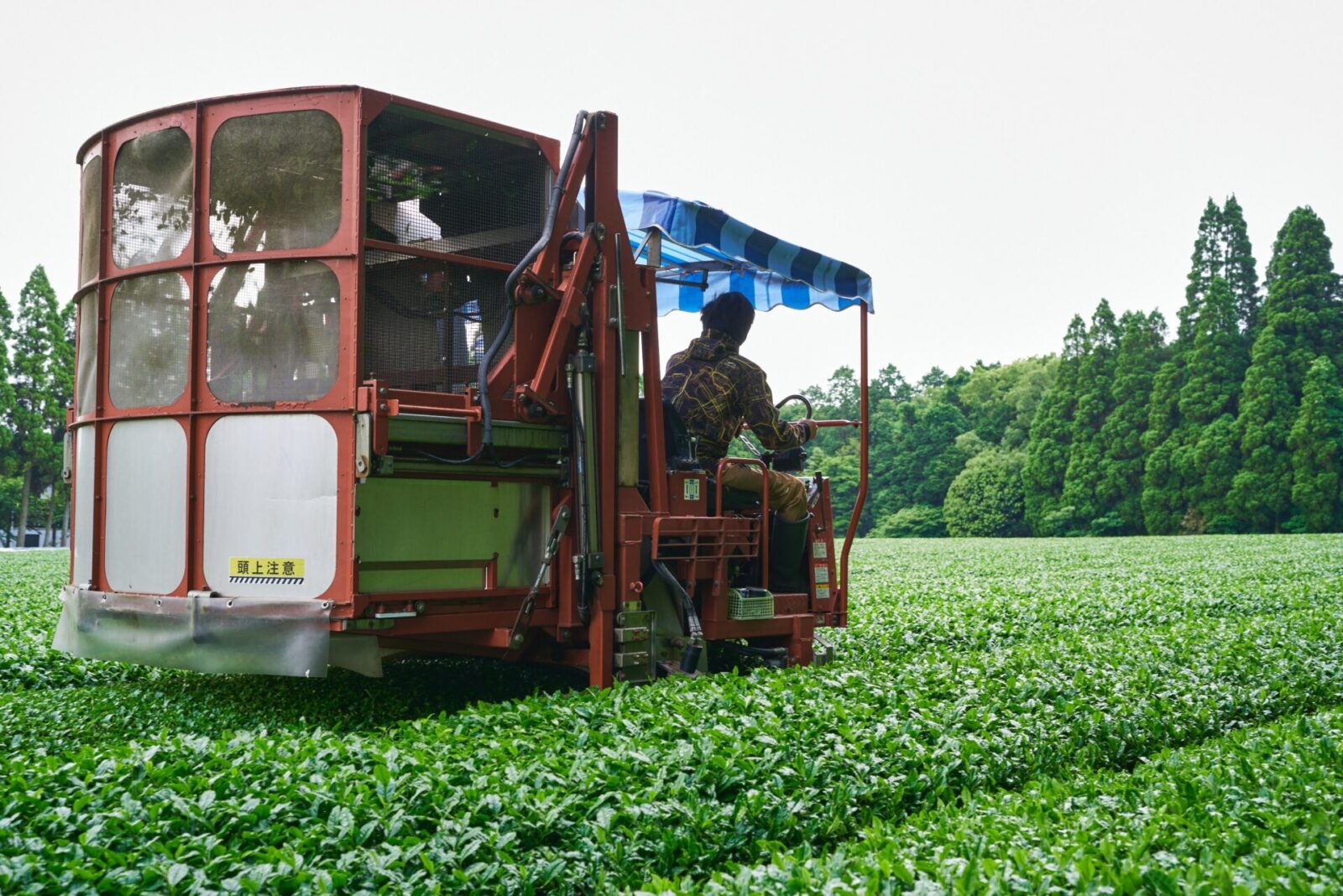
The frontier of organic tea production
Kagoshima Prefecture is known as the second largest producer of tea in Japan, and Kirishima is known as a leading producer of organic tea.
Nishi Tea Factory was one of the first to begin organic tea farming, which they started in 1994.
“At that time, I was working as a tea salesman for a manufacturer in Kanagawa. Back then the Organic JAS Law was not yet in place, and pesticides were being used to an extent that would be unthinkable today.”
“One day the manufacturer wanted to create a new and unique product so they decided to make organic tea. They asked me if I could grow organic tea at the farm in my hometown.”
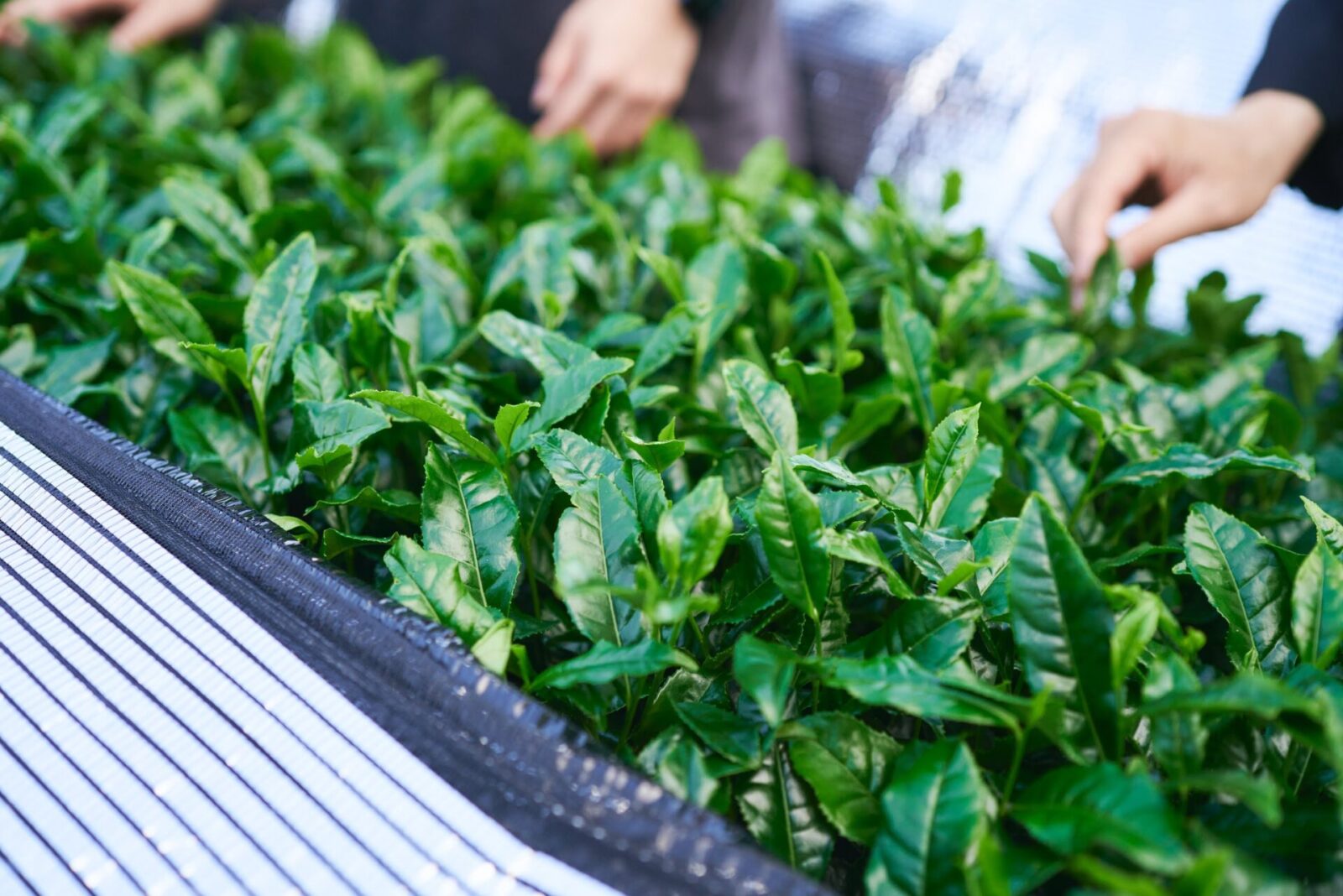
Nishi started experimenting with organic tea farming. “Although we had to bear the burden of not using pesticides, I wanted to challenge myself in using my own cultivation techniques to make a high quality tea.” Nishi worked with his father to improve on their techniques and expanded their organic tea fields.
In 1998, he obtained the JONA (Japan Organic & Natural Foods Association) certification, and in 2000, when the JAS Law came into effect, he obtained the JAS organic certification.
In 2005, they started exporting their teas overseas and Nishi Tea Factory began to be known both domestically and internationally.
60 hectares of tea, all organic
The Nishi Tea Factory manages tea fields that are spread out in over 200 locations.
Nishi spends three hours each morning checking on his tea fields that expand to over 60 hectares in size. He checks the conditions of the soil, temperatures, color, scent and textures of the leaves. In this way, he picks up on any minor changes that may occur.
“Even speaking of weather alone, having too many sunny days or cloudy days present different problems on their own. In years where there is too little rainfall, we experience problems with mites, and when there is a lot of rain, it causes fungal diseases like anthrax. When there are extreme drops in temperatures, we must watch out for frost. If we experience frost, it could wipe out the whole crop. We have to predict the weather conditions two weeks to one month in advance and create plans accordingly and repeat that process all year.”
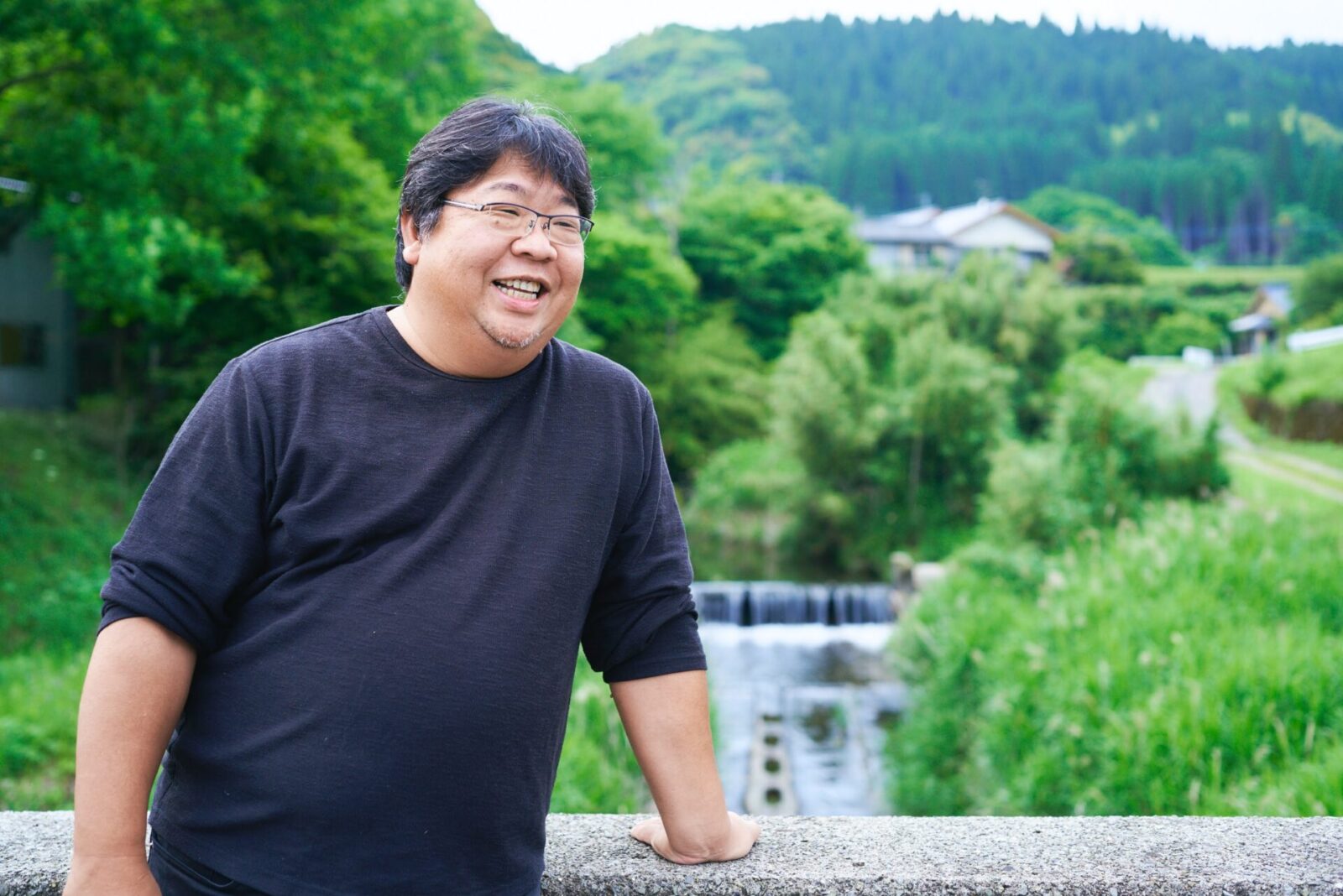
Nishi has been greatly influenced by his father in how he cultivates his tea.
His father was very research-oriented and when they started organic farming, his father combined his own studies and experience and pursued his methods to the finest details.
“All the money we made from tea was put right back into tea productions. We expanded our fields and built our factory and every year we started something new, so our lives did not get any easier (laughs). We built the necessary machines on our own and cleared the fields and mountains with bulldozers and backhoes. I always watched and followed my father’s lead.”
At Nishi Tea Factory, facilities are 5 times larger than the standard
We were given a tour of the Nishi Tea Factory and were in awe of its massive scale.
They process a variety of teas here, including sencha, kabusecha, and kama-yakiicha, and we were shown the area where they process tencha.
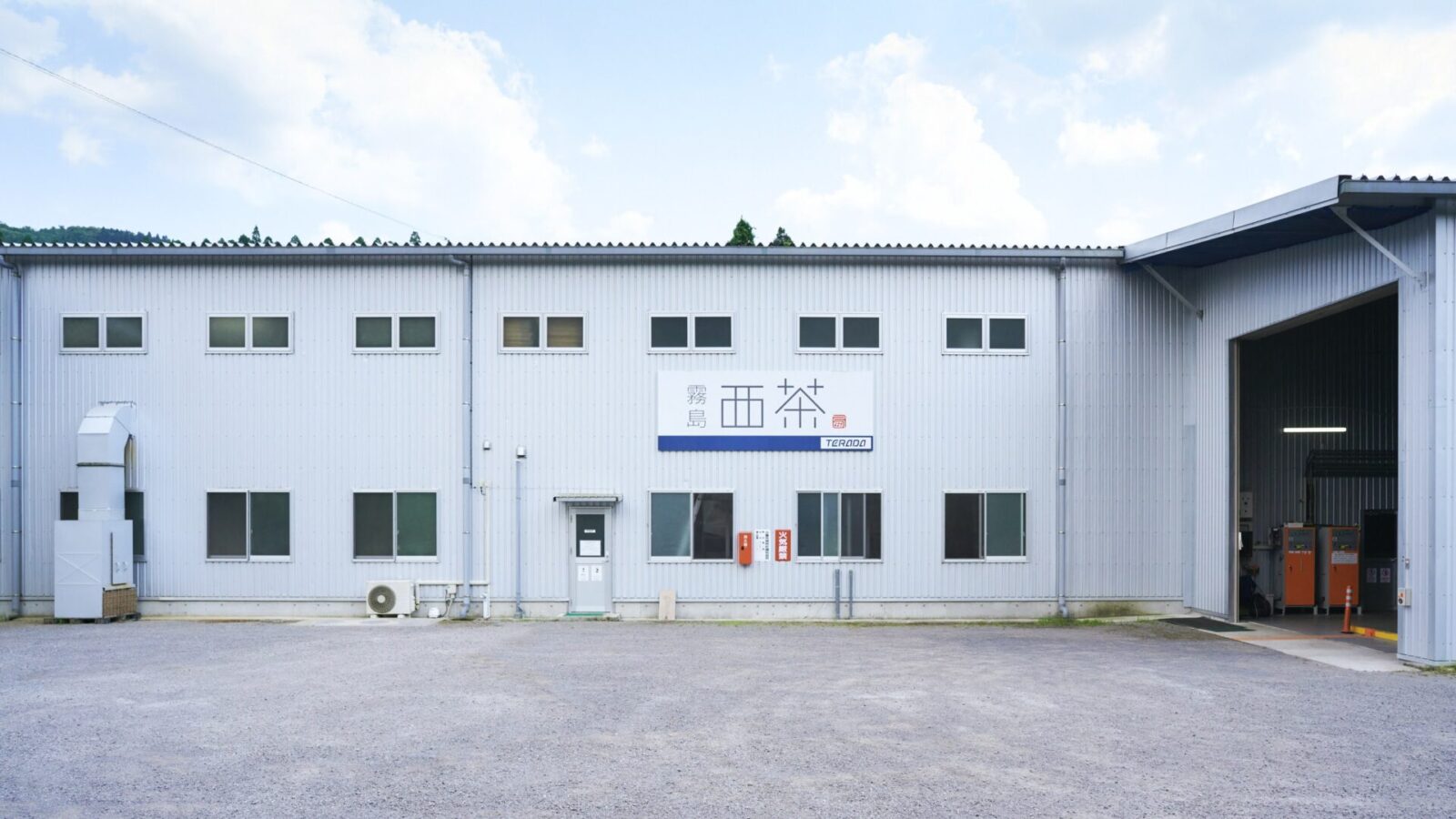
Tea leaves begin to oxidize the moment after they are picked so the speed at which they are processed is of utmost importance. Nishi Tea Factory has a lot of machines in place so they can process five times more tea than regular tea factories.
Because of this capacity, they are not only able to process the fresh tea leaves from their own fields, but also from tea farms in the surrounding area.
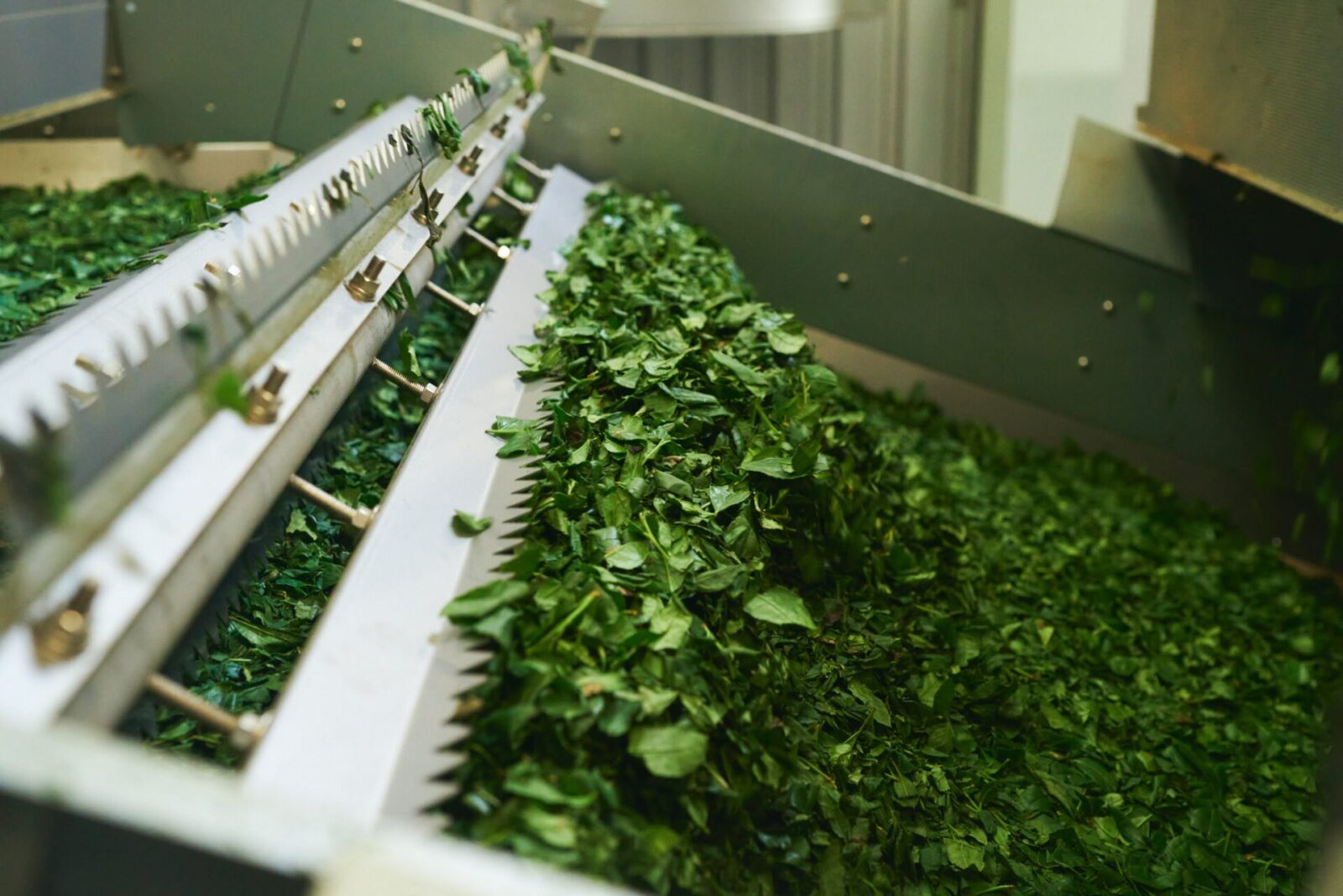

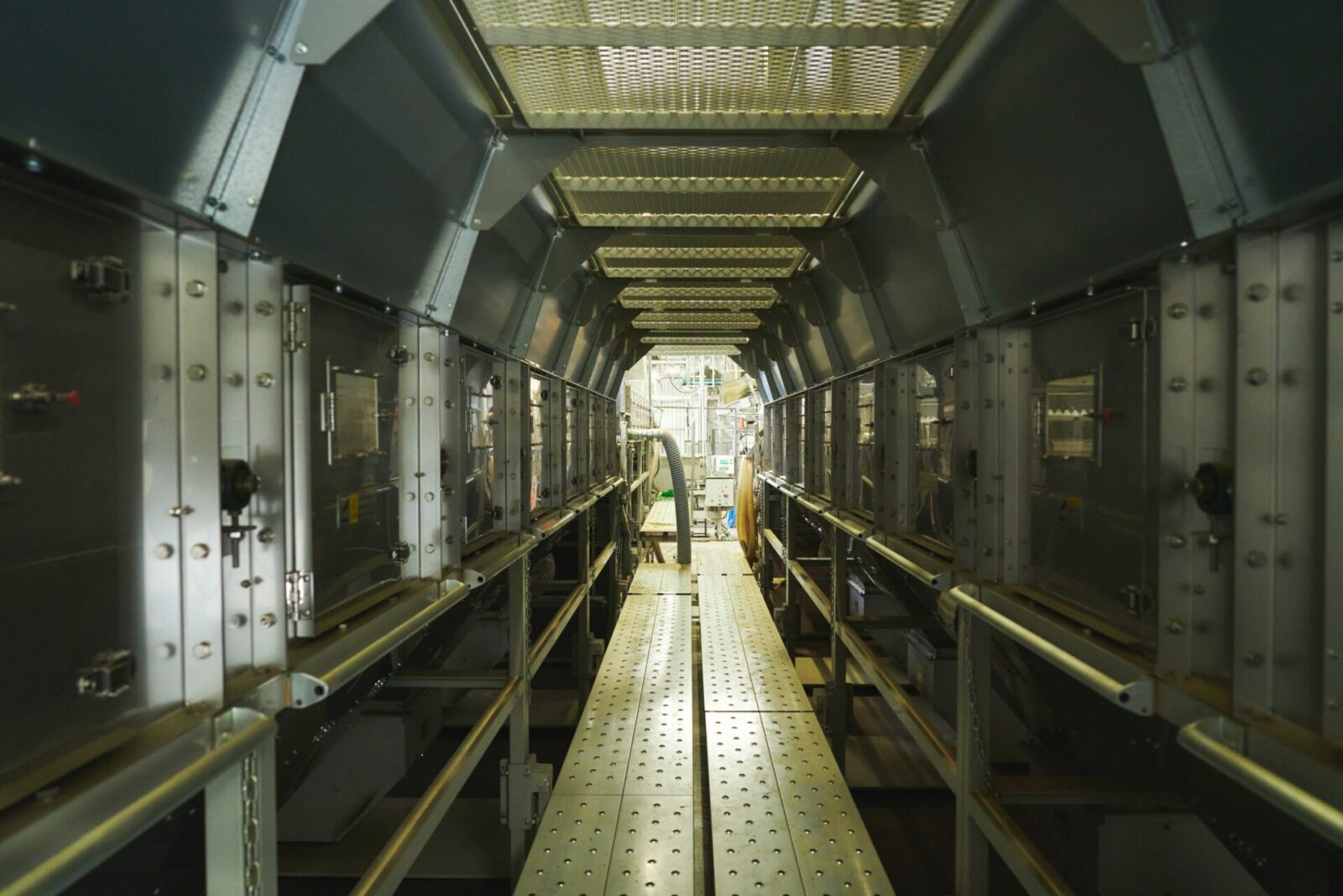

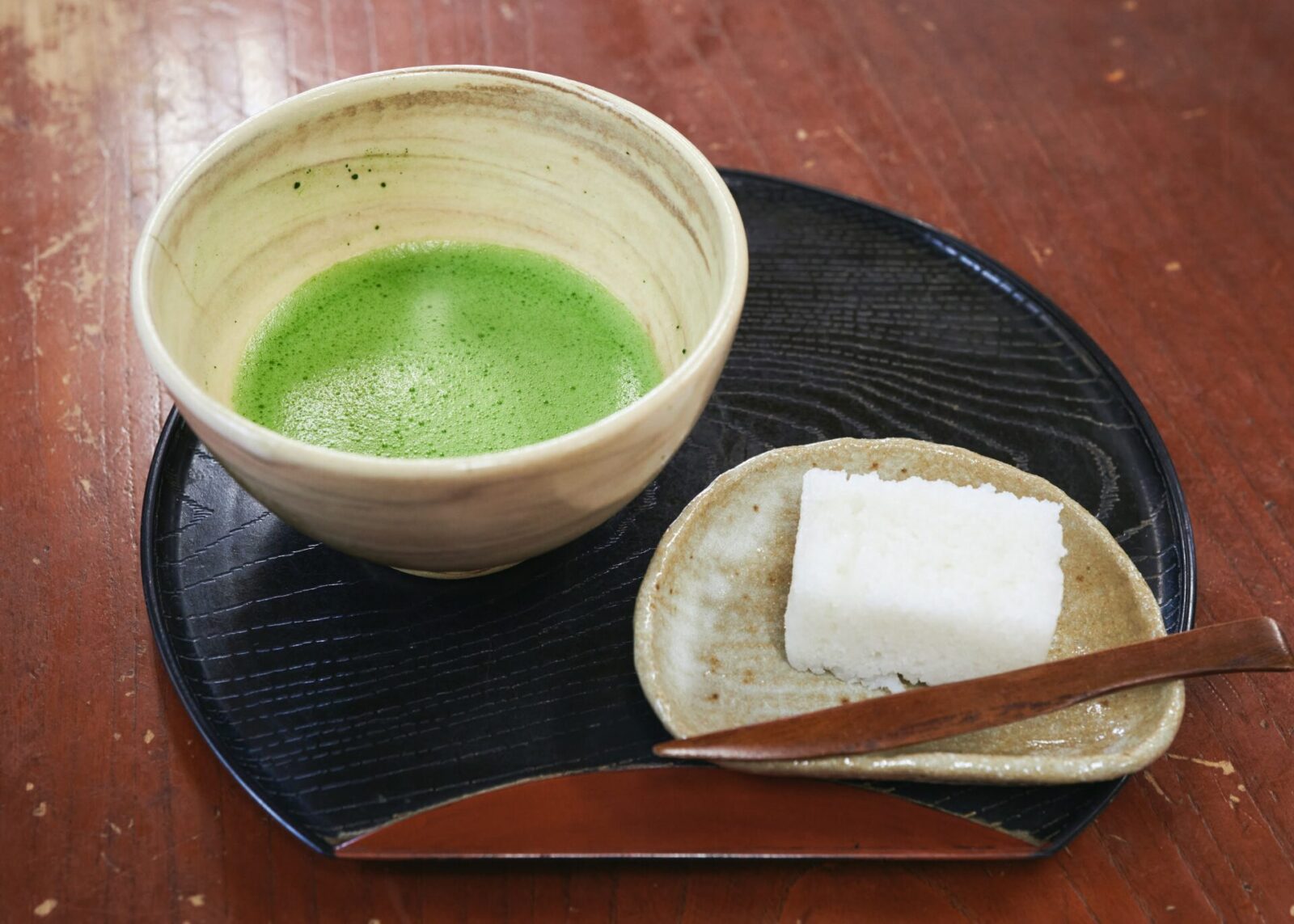
Native microbes are the key to disease resistant organic farming
We moved through the massive farm by car to where they showed us their compost. This compost was first made by Nishi’s father and it has been passed down ever since.
According to Nishi, it is this compost which makes Nishi Factory Tea’s organic tea farms possible.
“In the past, organic farming was thought of as a method that doesn’t use fertilizers and pesticides, which made the tea trees weak and more prone to disease and pest infestation. However, my father believed that if he could improve the sap concentration in the trees and keep nutrient levels high, he could make the tea fields more resistant to disease and bugs.”
“He would say that in order to make a delicious product, it needs plenty of fertilizer and careful management. We have been putting that into practice ever since.”
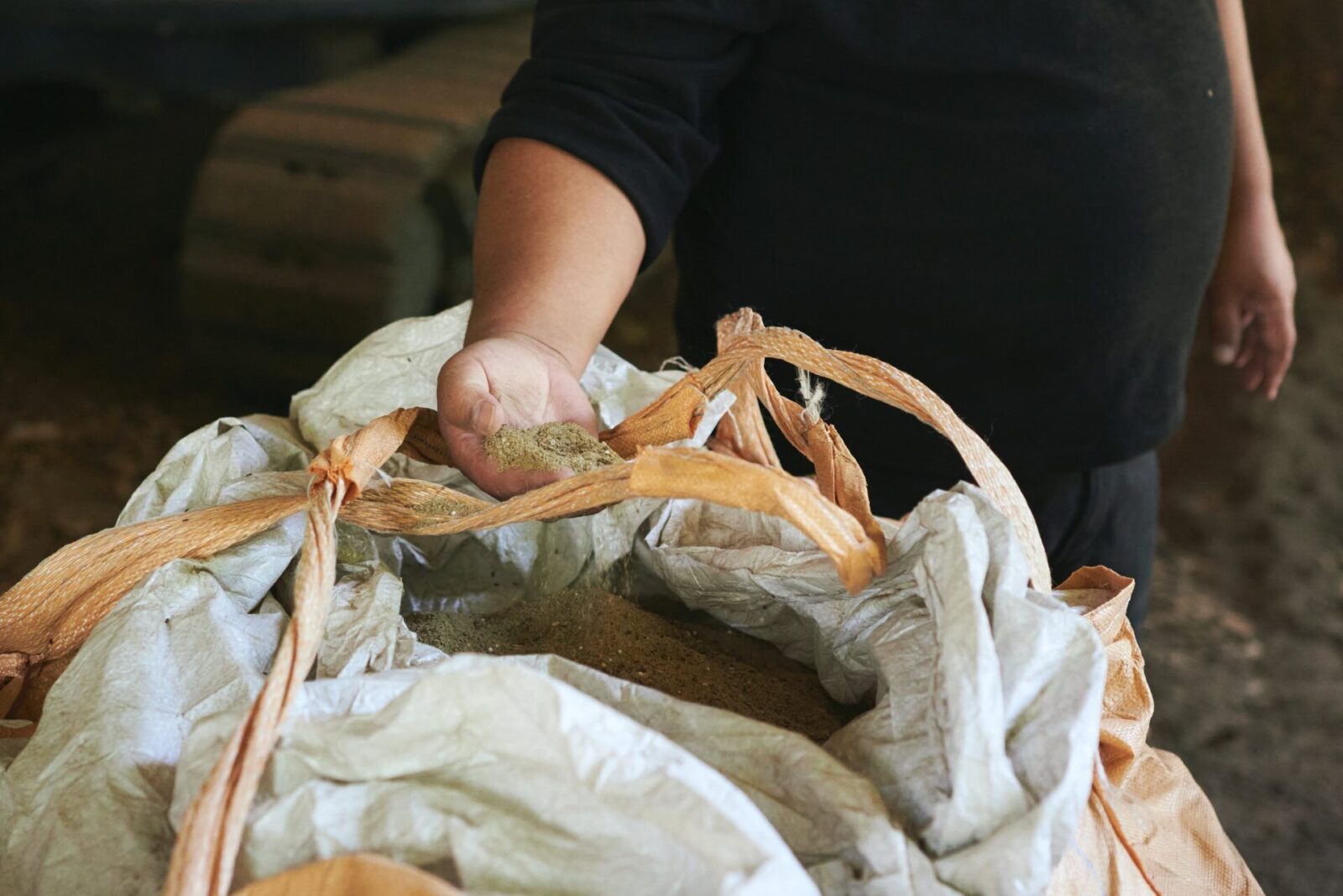
Nishi explains, “Organic farming is microbial farming.”
“When we put our compost into the tea fields the microorganisms are given food so the soil starts to ferment right away. A white layer of microbes covers the surface and I call it soil malt.”
“Everything breaks down faster because of these microbes. For example, after harvesting there are a large amount of leaves, branches, and other residue that falls onto the soil, but after six months, they decompose and there is no trace of them left. I believe it is the native microbes in the soil that are the biggest factor in making strong healthy soil.”


Research, practice, and evolving together with nature
Lastly, we asked Nishi how he hopes people will enjoy his tea.
“I hope people will enjoy it as they please. I am not particular about whether you drink the tea in leaves, or what temperature you choose to brew it. What is most important to us is that our customers appreciate our tea. In order to achieve that, we must continue to evolve.”
Nishi implements the knowledge they have gained through many years of research and practice and continues to experiment with new methods depending on the changes present.
The tea from Nishi Tea Factory is made out of a deep respect for nature. We hope it reminds people of the magnificent scenery of Kirishima.
Our travels to discover Japan’s freshest tea harvest will continue.
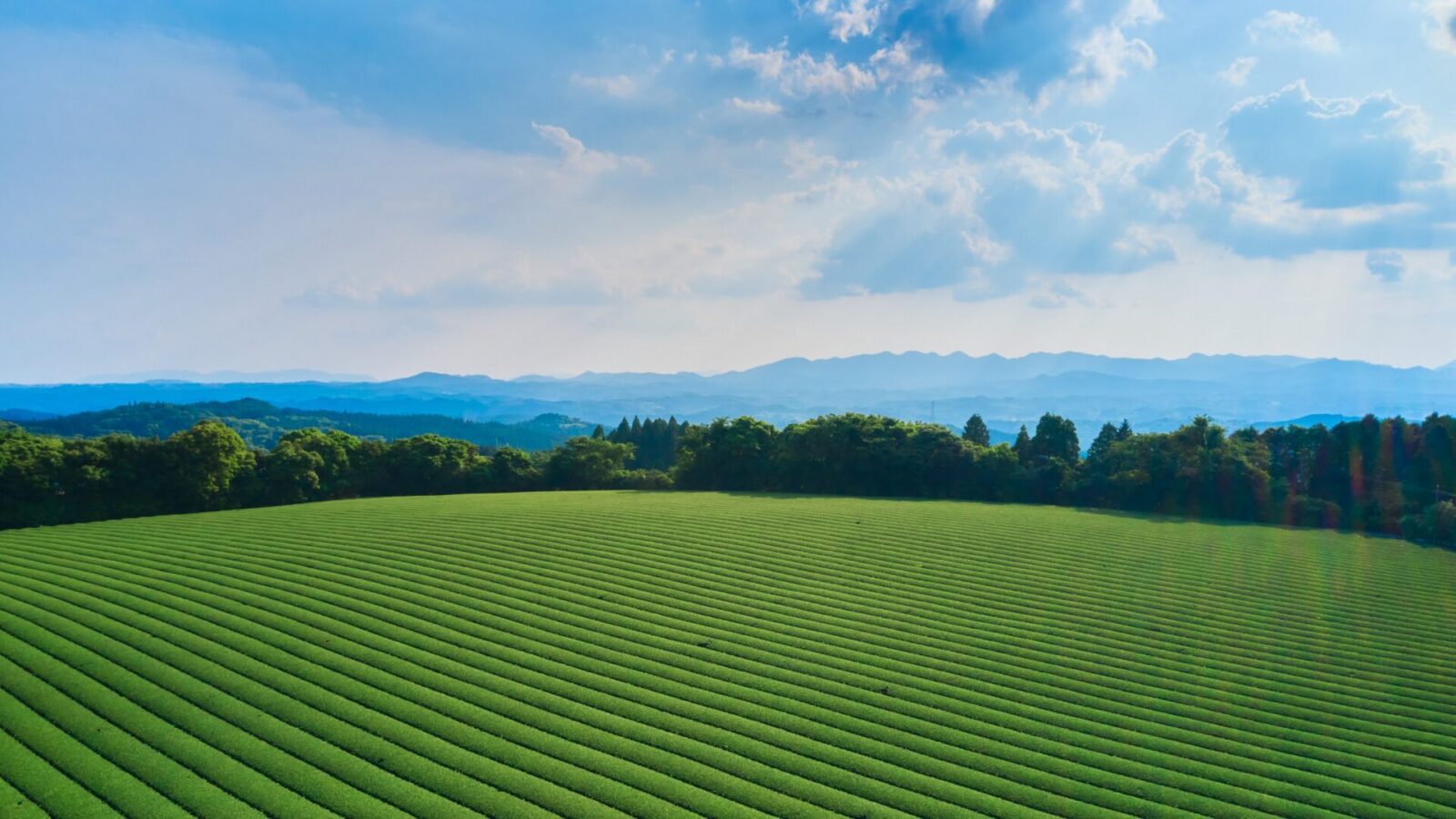
Photo:Umihiko Eto
Translation:Sophia Swanson
Local writer / editor. Born in Osaka, currently living in Fukuoka. Worked in advertising at Recruit Co. before becoming freelance.
Travels around Japan interviewing and writing about regional communities, crafts, and relocating. Involved in various regional projects and is a voice of the local people and their work. Author of Hanro no Kyoukasho(EXS Inc.)
Editor. Born and raised in Kagoshima, the birthplace of Japanese tea. Worked for Impress, Inc. and Huffington Post Japan and has been involved in the launch and management of media after becoming independent. Does editing, writing, and content planning/production.
